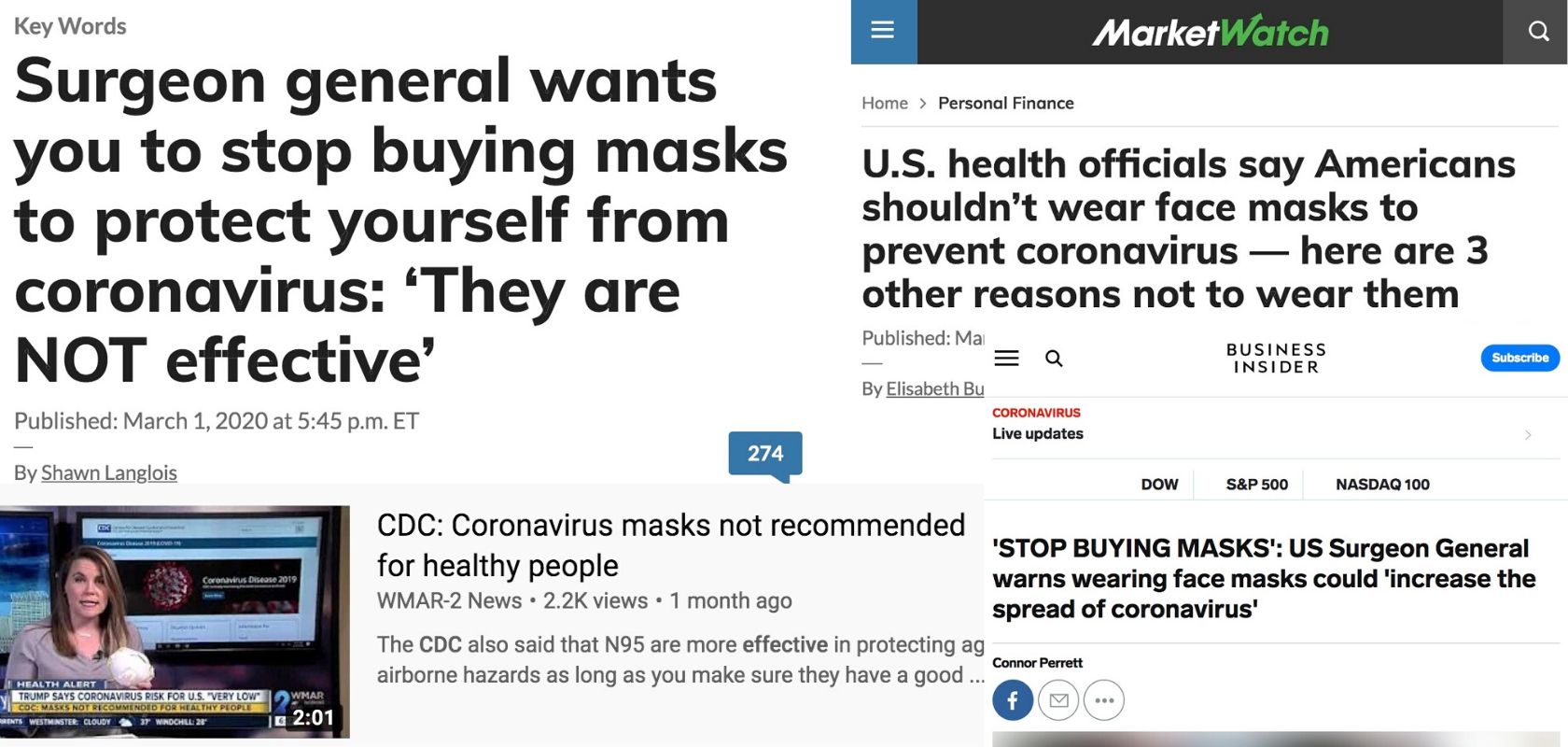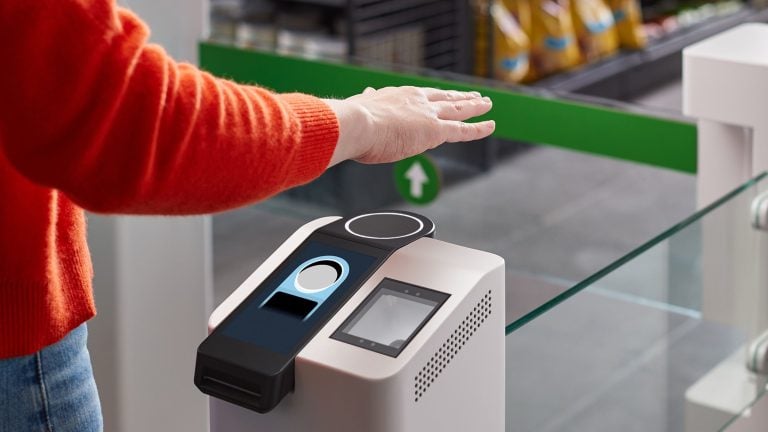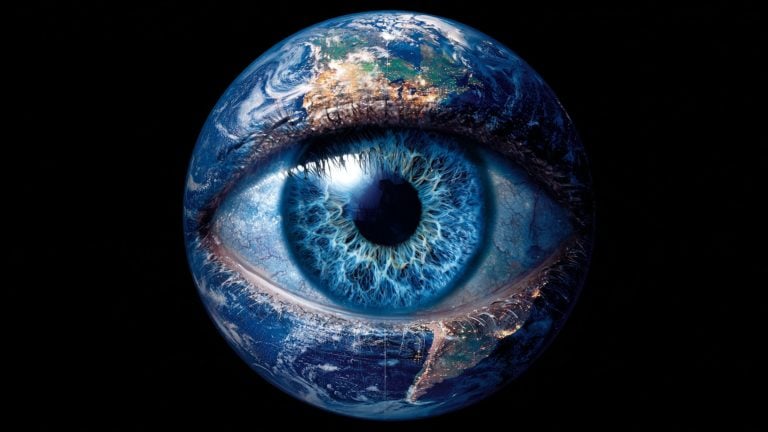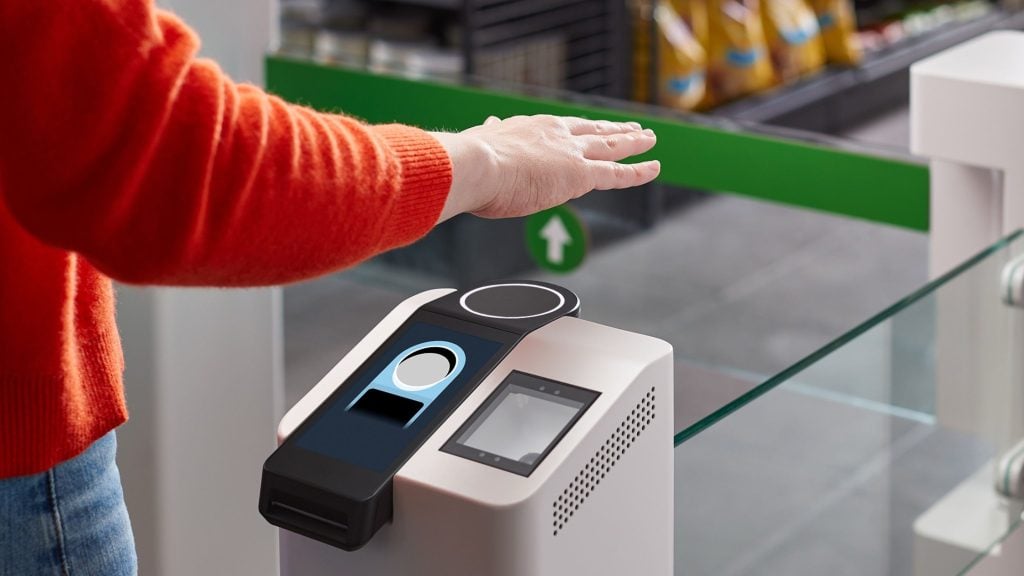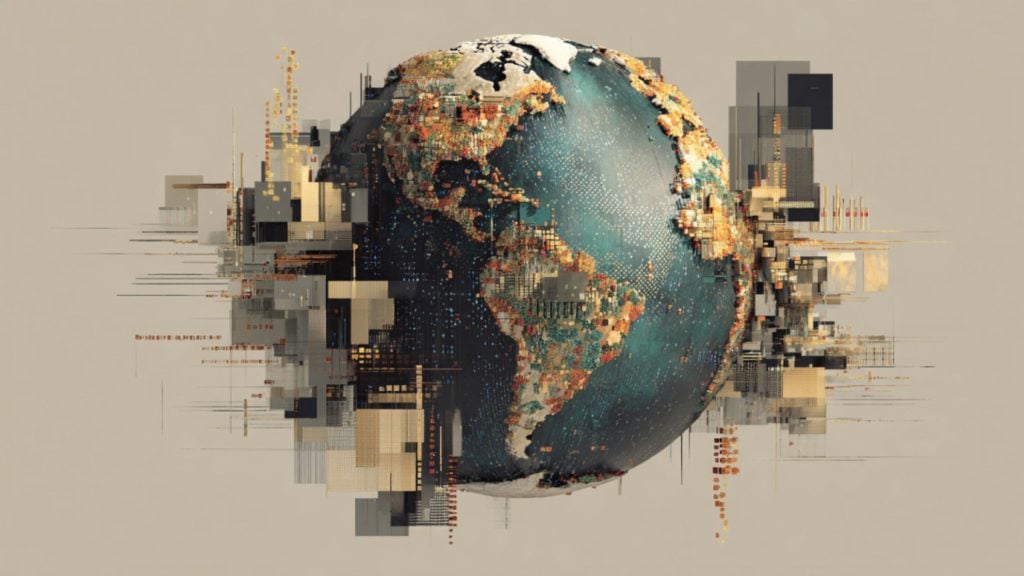Chaos is one word to describe what’s going on with recommendations given to people on how to best protect themselves and others from coronavirus – official designation SARS-CoV-2 – that causes sometimes fatal COVID-19 disease, prone to disintegrating lungs in a rapid onset of pneumonia and doesn’t yet have any official cure.
Scary stuff, right? And so – how could major first world countries be caught with their pants down trying to deal with this pandemic? (After all, the “2” in SARS-CoV-2 tells us this isn’t the first time humankind has encountered a strain of this virus).
Not to mention that this is neither the first nor the last pandemic the world has seen – so whence so much confusion, unpreparedness, and surprise?
It looks like either because of the disease itself, or the response to it, we will all, regardless of where we are, deal with the consequences long after the crisis is over.
But what’s Big Tech doing? Not long ago they fell is love with “authoritative sources” – i.e. those by and large media outlets that most people agree are somehow trustworthy.
They are not unlike that of fiat money, whose only value literally comes from enough people agreeing it has any value.
And like fiat money, “authoritative sources” can be produced in ever larger quantities. What used to be your New York Times and CNN’s are now joined by the likes of UN’s World Health Organization (WHO) and the CDC, the top US health authority.
The question is: what happens when they provide wrong information? And what happens when tech companies take their word as gospel and push it to the top of algorithms?
The short answer: nothing much. The misinformation they may put out into the world gets lost in the fog of crisis, and those “authoritative media” sources that are supposed to hold them to task, simply don’t.
Look at these examples:
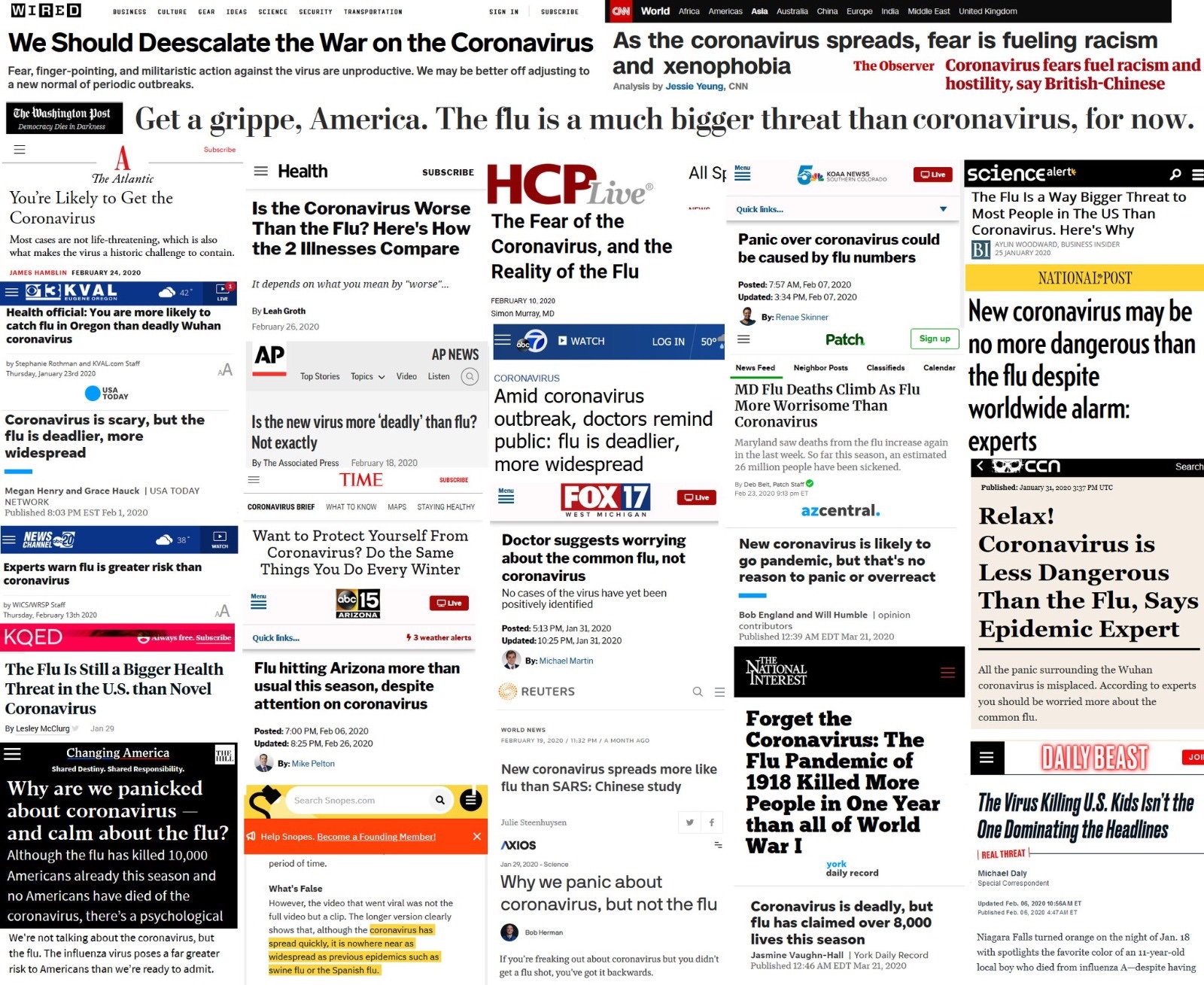
Tech platforms such as YouTube were boosting the ranking of these “authoritative sources” and downranking and demonetizing those independent creators whose content happened to be more in line with the truth.
What are the long-term implications of that, and what are people supposed to do if the information that would save lives is being suppressed?

As we have figured out by now, healthcare systems cannot withstand a huge number of patients all at the same time.
One way to deal with it is to stretch out the epidemic. Normally it would last 3-to-4 weeks, but with everyone “isolating” at home, we are prolonging what would have been the natural duration of coronavirus. In the end, everyone prone to getting it will get it – only a little later, when they might enjoy better quality medical care.
So, one of the things we must do to protect ourselves and the system is wear protective masks.
This has not been as straight-forward and easy policy in the US as in some other countries.
First, the US surgeon general watched the coronavirus outbreak unfold in China only to tell those buying N95s and N99 masks not to do it.
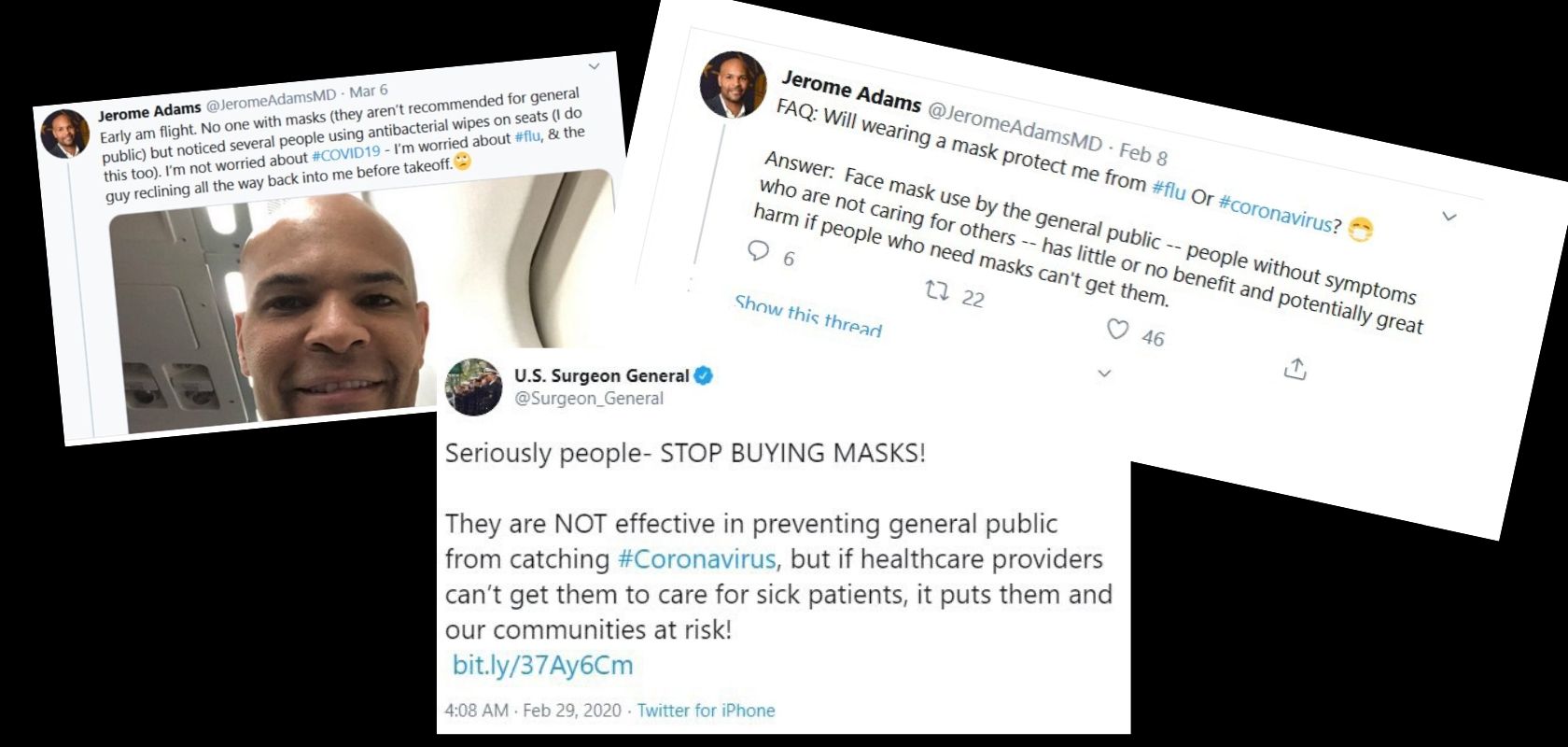
But as of April 3, he has other guidelines regarding face masks: yes, they’re actually useful.
No, nobody’s willing to take responsibility for the three lost months in this battle. And no, there’s still isn’t a sufficient supply.
And so, even as medical staff who are at the greatest risk of contracting the disease sill don’t have proper protective gear, the US Surgeon General Jerome Adams is now seen no less than sharing some lifehacks on how to make a DIY face mask at home.
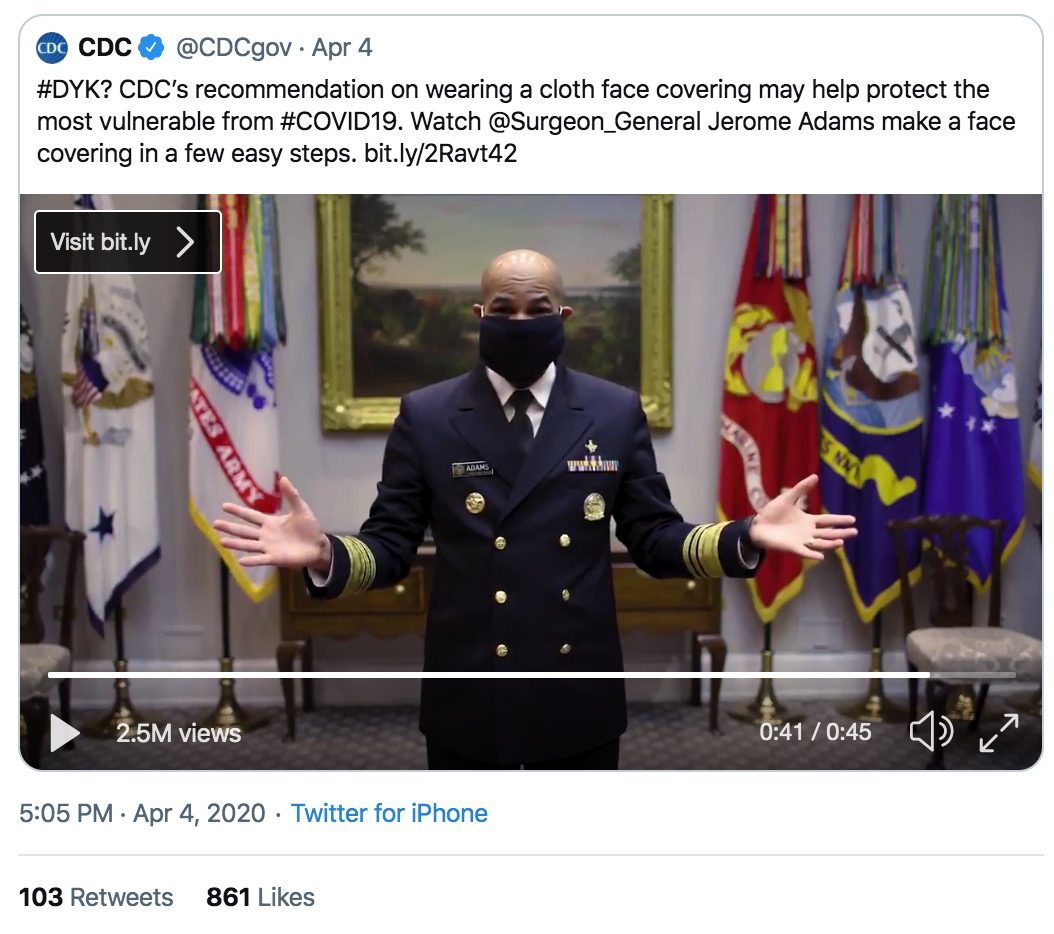
And now people are making or buying homemade masks, of various quality no doubt, from e-commerce websites like Etsy.
But you can tell shit hasn’t completely hit the fan because people still want not only to be protected but also look stylish in colorful masks. No doubt, as they go out for half an hour to stockpile some more of that toilet paper.
The silver lining here is what at least some online businesses are booming. But then again, when have they ever not?

But before the (current) consensus emerged to promote “any mask in a storm” and wear it, the self-same surgeon general who just showed you how to make your own mask at home, was resolute: “Seriously people – STOP BUYING MASKS!,” he was quoted as saying on March 1.
And the CDC said at the time: “The CDC does not recommend that people who are well wear a face mask to protect themselves from respiratory diseases, including COVID-19.”
The argument was that 1.) healthcare workers and other first respondents need them more than you do (true); the US cannot supply enough for everyone (true); and, only sick people should wear them to protect the healthy ones. True – but: who knew that more than 60% of cases are asymptomatic: i.e., people have COVID-19, don’t show any symptoms, and can still infect others.
Who knew? Certainly not the CDC.

